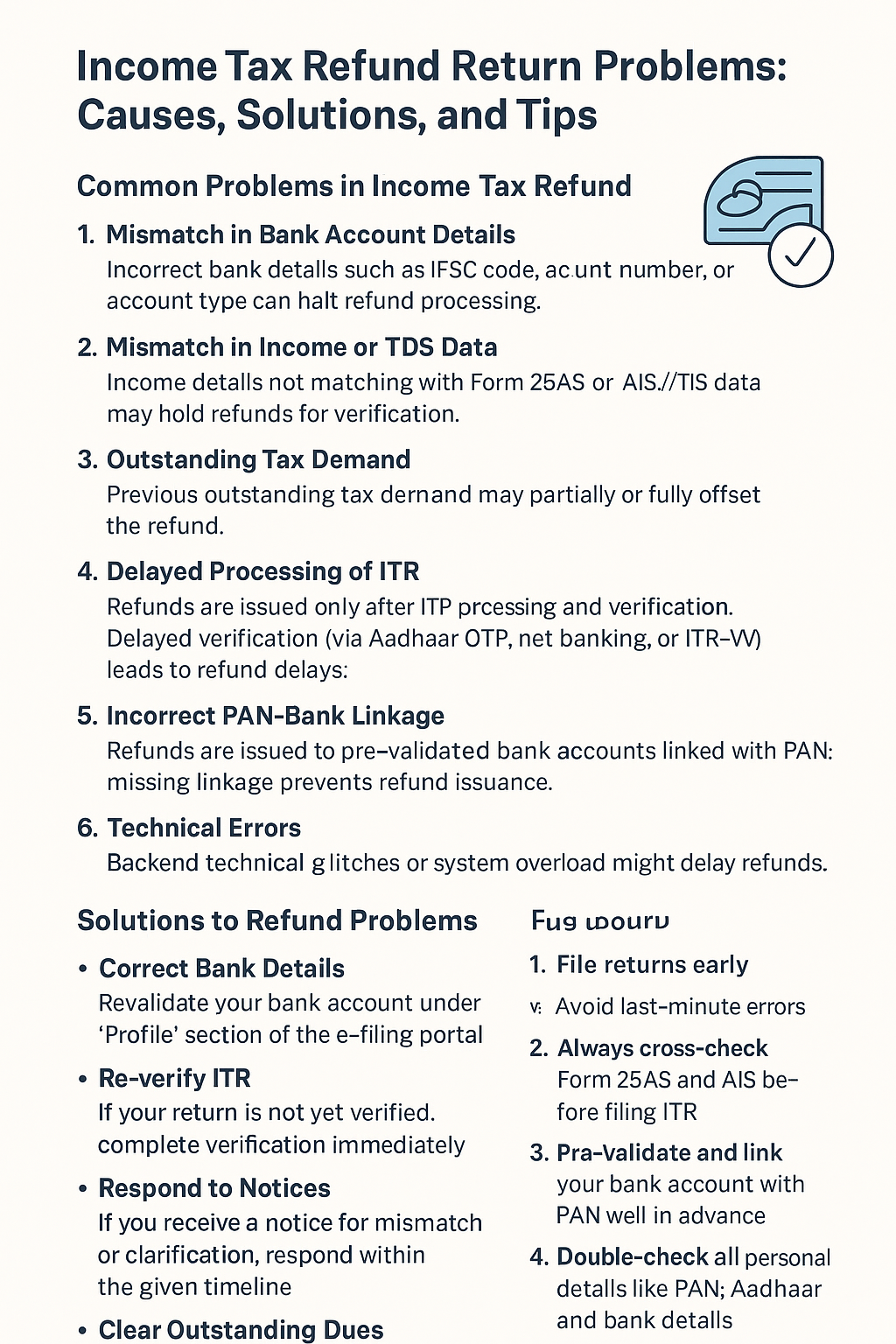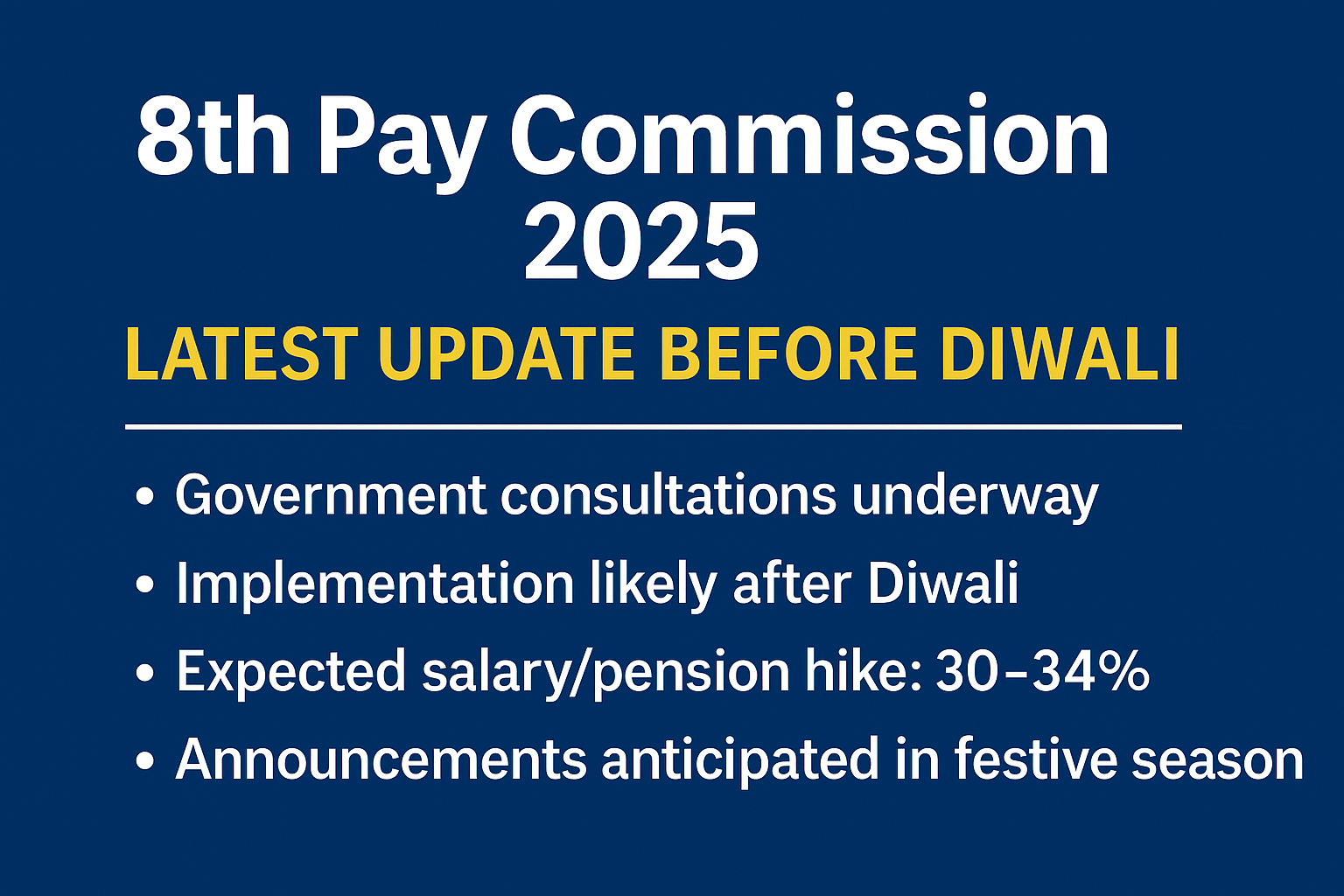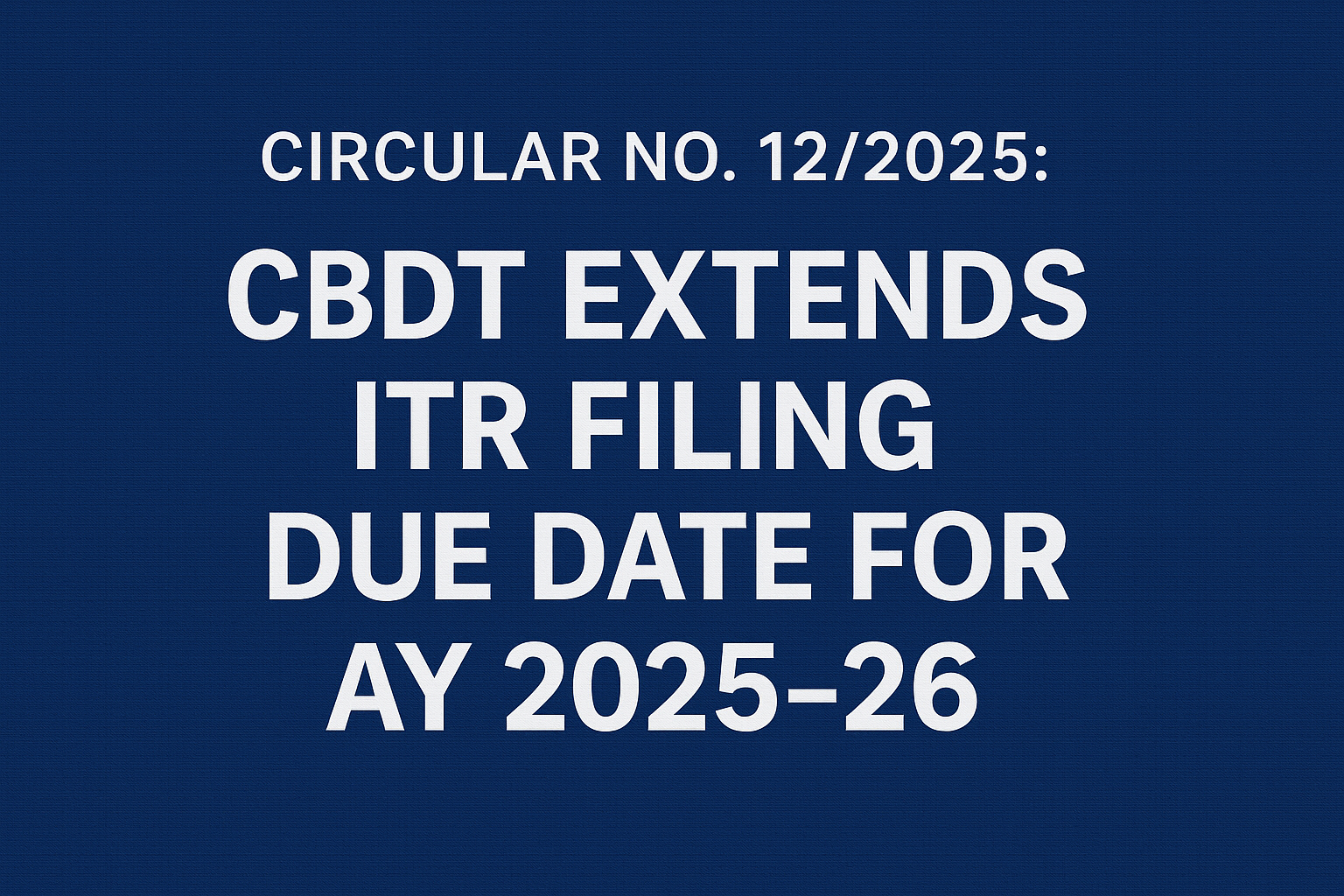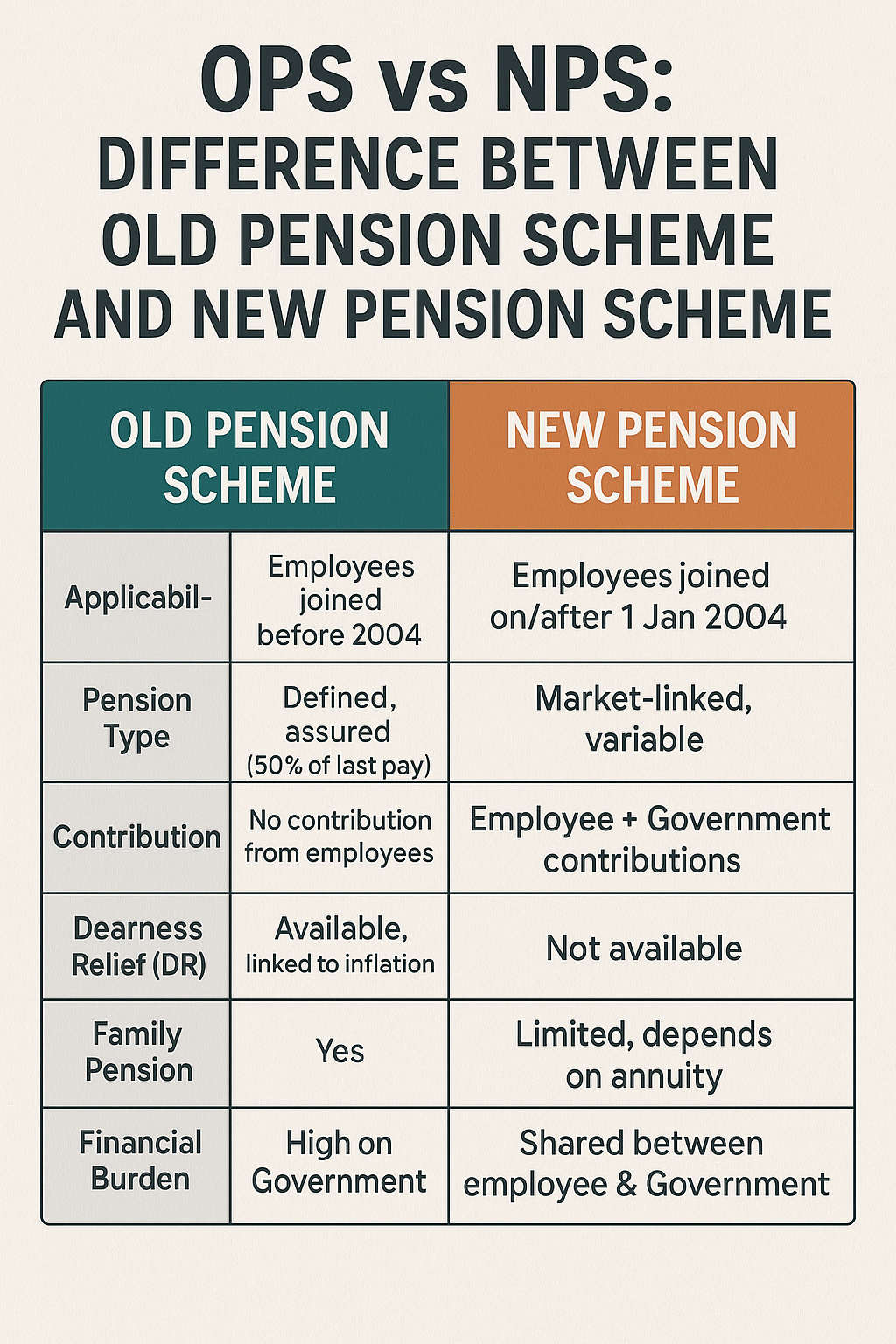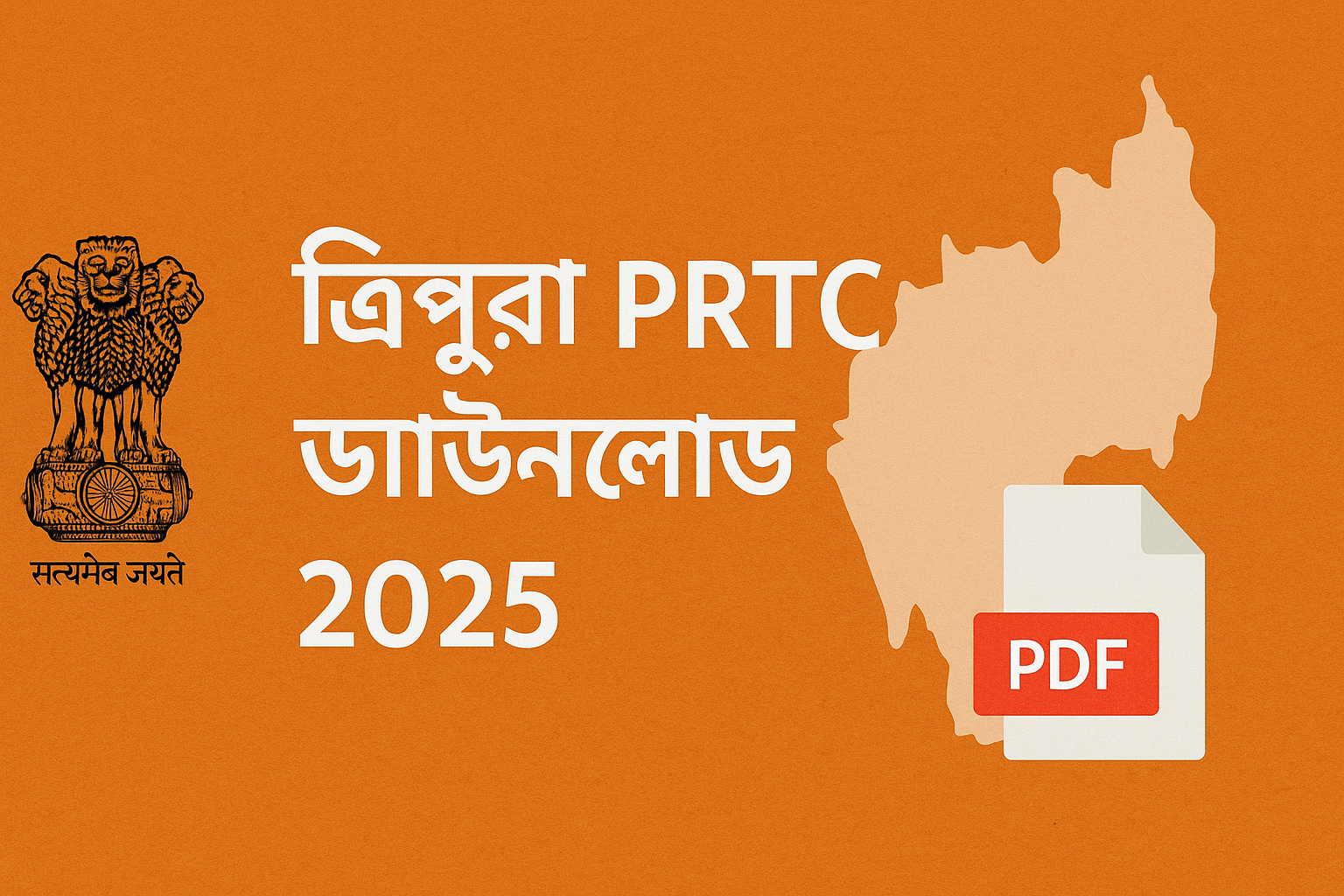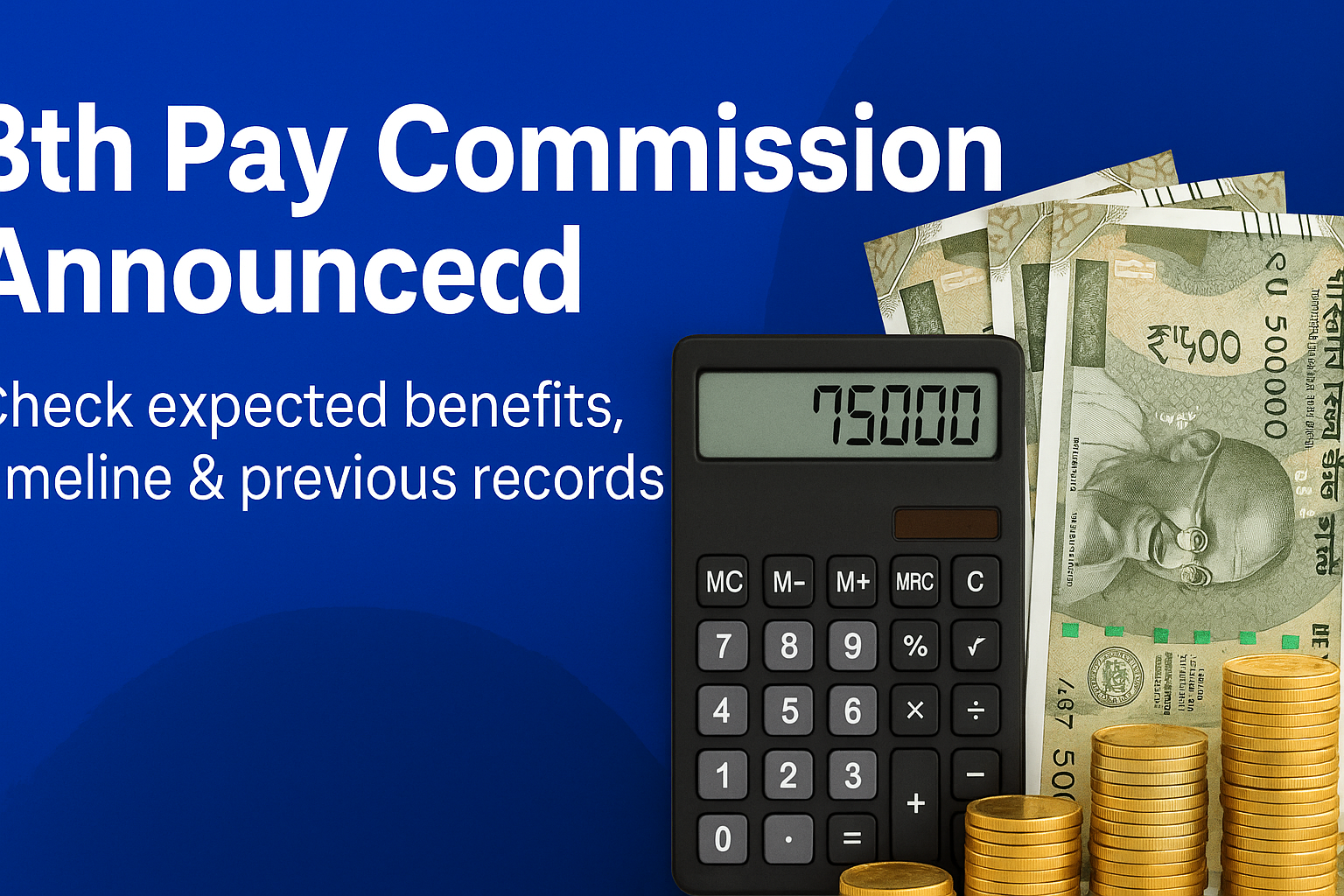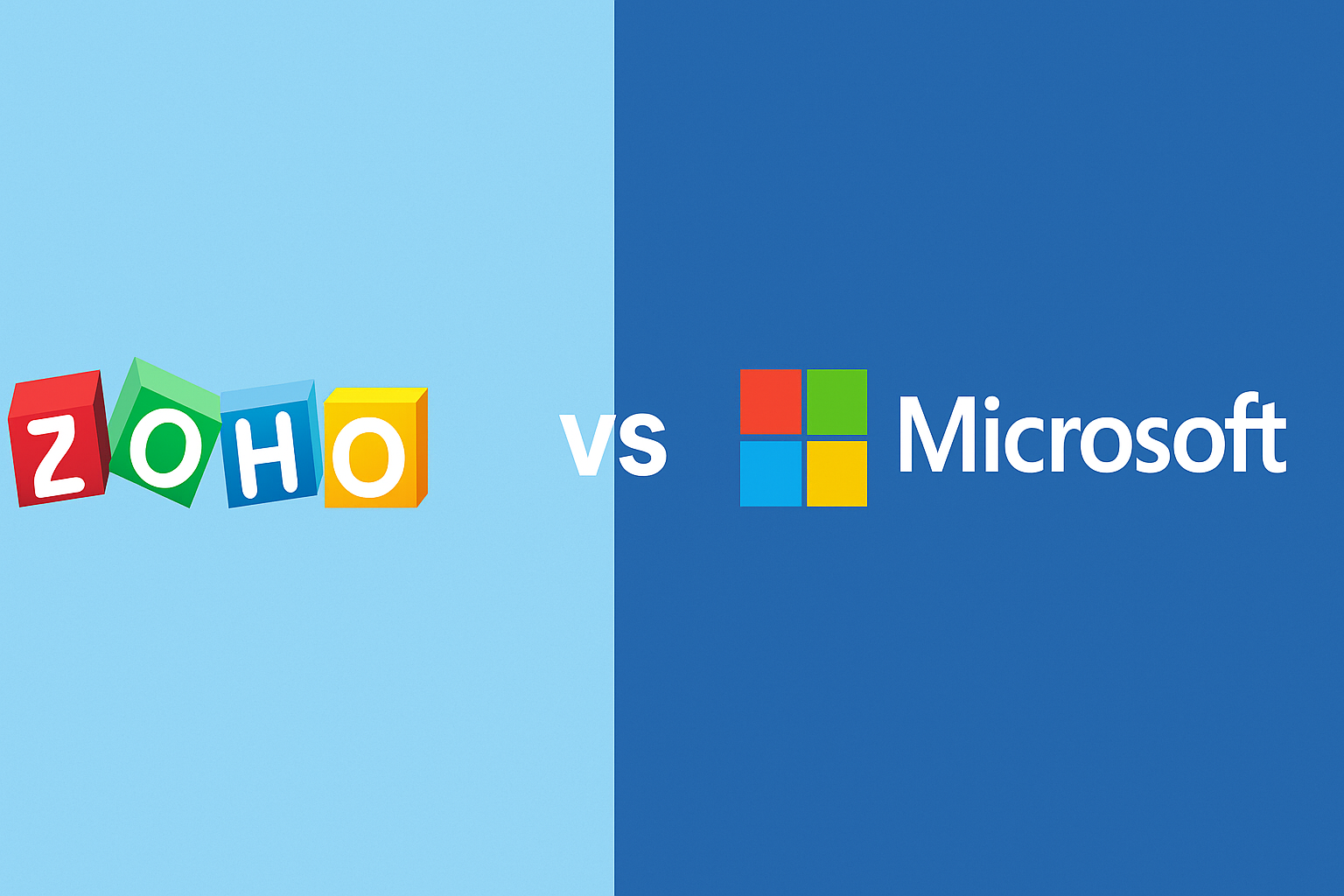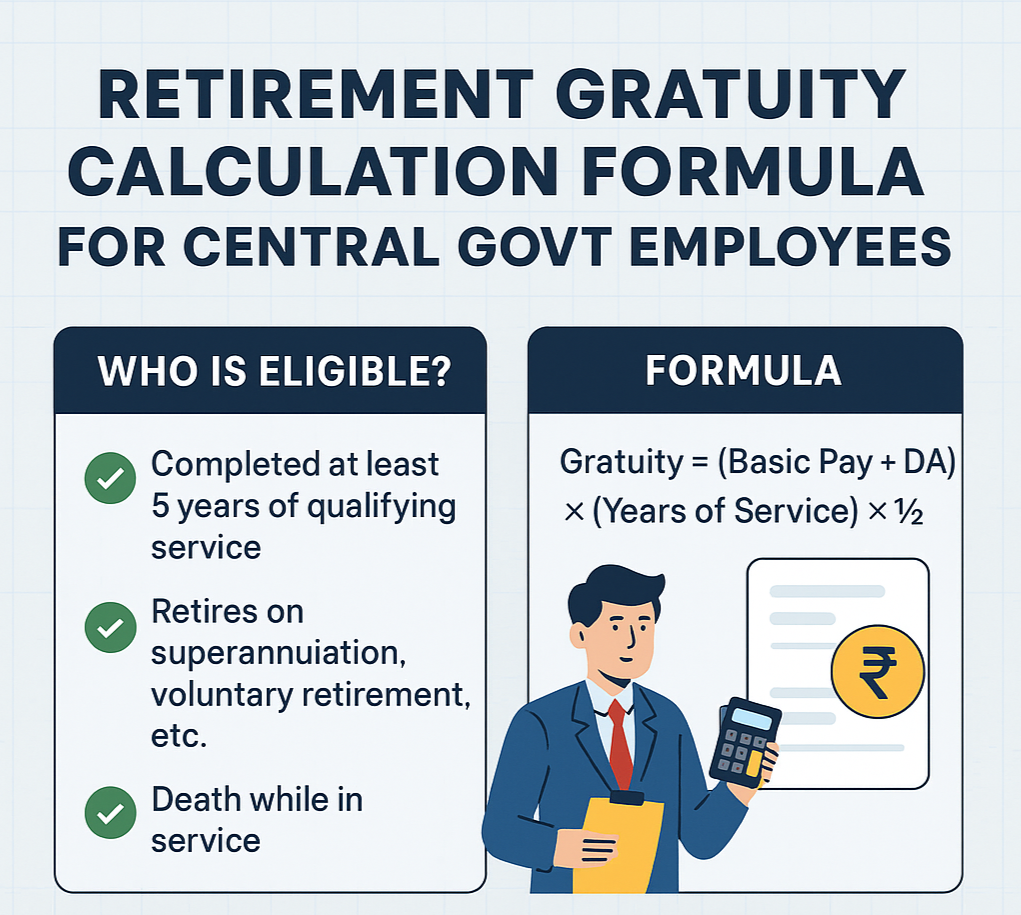OPS Family Pension Calculation: Complete Guide for Central and State Government Employees

OPS Family Pension Calculation: Complete Guide for Central and State Government Employees
The Old Pension Scheme (OPS), also known as the Defined Benefit Pension Scheme, has long been a subject of discussion among government employees in India. While the New Pension Scheme (NPS) has become the standard for new recruits, many employees and unions continue to advocate for OPS due to its assured pension benefits. One of the most important aspects of OPS is the Family Pension, which provides financial security to the spouse and dependents of a deceased employee.
In this article, we will explain in detail how family pension is calculated under OPS, its eligibility criteria, rules, rates, benefits, and examples of calculation, so that central and state government employees and their families can have a clear understanding.
1. What is Family Pension under OPS?
Family Pension is a monthly financial assistance provided to the family of a deceased government employee or pensioner. It ensures that the dependents of an employee continue to receive financial support even after the death of the employee.
Under the Central Civil Services (Pension) Rules, 1972, the family pension is paid to the eligible family member, generally the spouse, and after their death, to eligible children or parents under certain conditions.
The key feature of OPS Family Pension is that it is fixed and guaranteed by the government, unlike the NPS which depends on market returns.
2. Eligibility for Family Pension
The following family members are eligible for family pension under OPS:
Spouse (widow or widower) of the deceased employee/pensioner.
Children (up to the age of 25 years, or till marriage, whichever is earlier).
Unmarried or widowed/divorced daughters, subject to income limits.
Dependent parents (if there is no surviving spouse or children).
3. Rules Governing OPS Family Pension
Some important rules under the CCS (Pension) Rules, 1972 for family pension are:
Family pension is payable from the day following the death of the employee/pensioner.
Only one member of the family at a time is eligible to receive family pension.
Family pension continues until remarriage (in the case of spouse) or until the child attains the age of 25 years.
In case of physically/mentally disabled children, the family pension continues for life.
4. Rate of Family Pension under OPS
The calculation of family pension under OPS is based on the last drawn basic pay of the deceased employee or pensioner.
(A) Normal Family Pension
30% of last drawn basic pay.
Minimum pension: ₹9,000 per month.
Maximum pension: ₹75,000 per month.
(B) Enhanced Family Pension
50% of last drawn basic pay, subject to conditions.
Payable for 7 years from the date of death of the employee or up to the age of 67 years of the employee (had they survived), whichever is earlier.
After this period, the family pension is reduced to the normal rate (30%).
5. Important Conditions for Enhanced Family Pension
If the employee dies while in service and had completed at least 7 years of service, the family gets enhanced pension.
If the employee dies after retirement, the enhanced family pension is payable for 7 years after retirement or up to the age of 67 years, whichever is earlier.
If the employee dies before completing 7 years of service, the enhanced family pension is still given, but the calculation may be adjusted.
6. Calculation of Family Pension – Step by Step
Let’s understand the calculation method in detail with examples.
Example 1: Employee dies while in service
Last Drawn Basic Pay: ₹60,000 per month
Enhanced Family Pension: 50% of ₹60,000 = ₹30,000
Normal Family Pension: 30% of ₹60,000 = ₹18,000
➡️ In this case, the spouse will receive ₹30,000 per month for 7 years or till the employee would have turned 67 years.
➡️ After that, the spouse will receive ₹18,000 per month for life.
Example 2: Pensioner dies after retirement
Last Drawn Basic Pay: ₹50,000
Retired at age: 60 years
Died at age: 65 years (5 years after retirement)
Enhanced Family Pension: 50% of ₹50,000 = ₹25,000
(Payable for 7 years after retirement i.e., up to age 67 years. Since the pensioner died at 65, the family gets enhanced pension for 2 more years).
Normal Family Pension: 30% of ₹50,000 = ₹15,000 (after age 67 of deceased employee).
Example 3: Minimum and Maximum Pension Rules
Suppose an employee’s basic pay was ₹20,000.
30% of ₹20,000 = ₹6,000 (which is below the minimum).
As per rules, minimum family pension is ₹9,000.
➡️ So the family will get ₹9,000 instead of ₹6,000.
Similarly, if 30% exceeds ₹75,000, the pension will be capped at ₹75,000.
7. Additional Benefits in Family Pension under OPS
Apart from the basic pension, the family is also entitled to:
Dearness Relief (DR): Family pension is revised with the dearness allowance (DA) rates announced by the government.
Medical Benefits (CGHS/State schemes): Eligible family members may continue to avail government medical facilities.
Commutation Benefits (if applicable): If the employee had commuted a part of the pension, family pension is still calculated on the full basic pay.
Gratuity & Leave Encashment: One-time benefits are also payable to the family after the employee’s death.
8. Taxability of Family Pension
Family pension under OPS is taxable under the Income Tax Act.
It is taxed under the head “Income from Other Sources”.
Deduction: 1/3rd of pension or ₹15,000, whichever is less.
9. Difference Between OPS Family Pension and NPS Family Pension
OPS (Old Pension Scheme) NPS (New Pension Scheme)
Nature Defined Benefit Defined Contribution
Pension Guarantee Fixed, based on last pay Market-linked, no fixed amount
Family Pension 30% or 50% of last pay Annuity purchased from funds, variable
Minimum Pension ₹9,000 per month No assured minimum
Dearness Relief Payable, linked to DA Not applicable
Clearly, OPS offers greater security and predictability for families compared to NPS.
10. Latest Updates and Demands Regarding OPS
In recent years, there has been a strong demand from employee unions and several state governments for the restoration of OPS. States like Rajasthan, Chhattisgarh, Himachal Pradesh, Punjab, and Jharkhand have already announced a return to OPS for their employees. One of the major reasons is the assured family pension, which acts as a strong social security measure.
The central government, however, continues to promote NPS, though discussions are ongoing.
11. Key Takeaways
Family pension under OPS ensures lifetime financial support for dependents of government employees.
Calculated at 30% (normal) or 50% (enhanced) of last basic pay.
Minimum ₹9,000 and maximum ₹75,000 per month.
Enhanced family pension available for 7 years or up to 67 years of age of the employee.
Dearness Relief and medical benefits add to financial stability.
Offers much stronger protection compared to NPS family Pension।
Conclusion
The OPS Family Pension Calculation is simple yet powerful—it guarantees a fixed pension for the family of a deceased employee, ensuring that they are not left financially insecure. For lakhs of central and state government employees, this remains one of the biggest advantages of OPS over NPS. While debates continue about which system is more sustainable for the government, there is no doubt that for employees and their families, OPS provides a reliable, assured, and dignified safety net.

.jpeg)
.jpeg)
.jpeg)
.jpeg)
.jpeg)
.jpeg)
.jpeg)


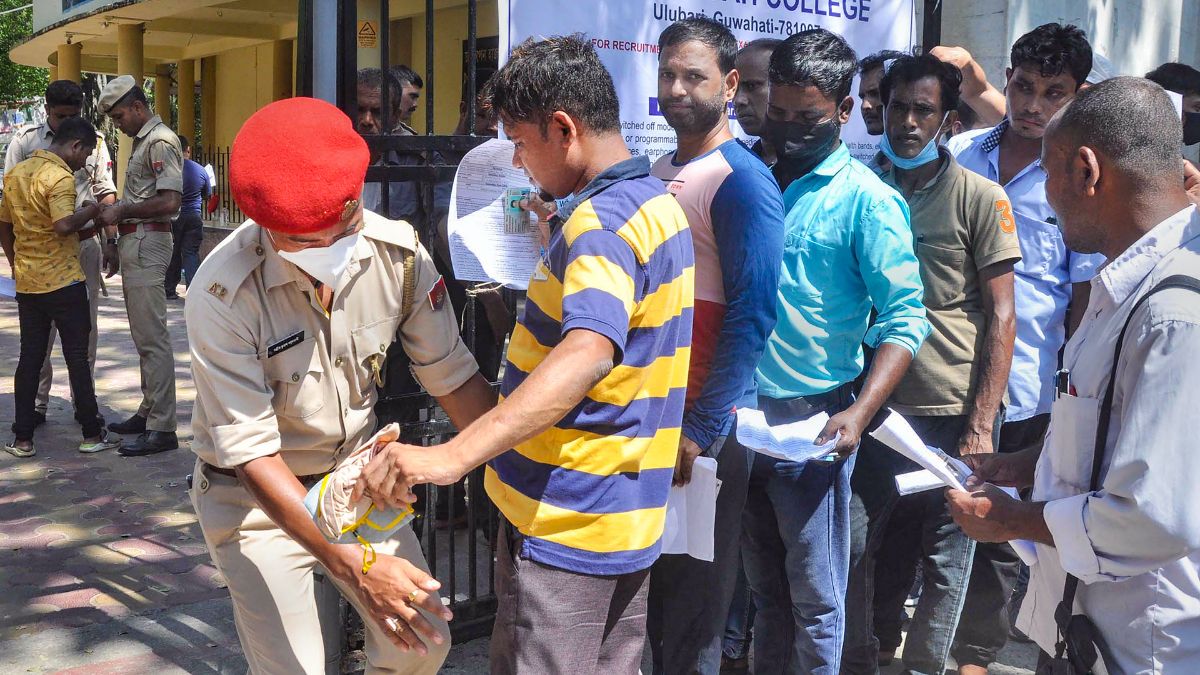
.jpeg)



